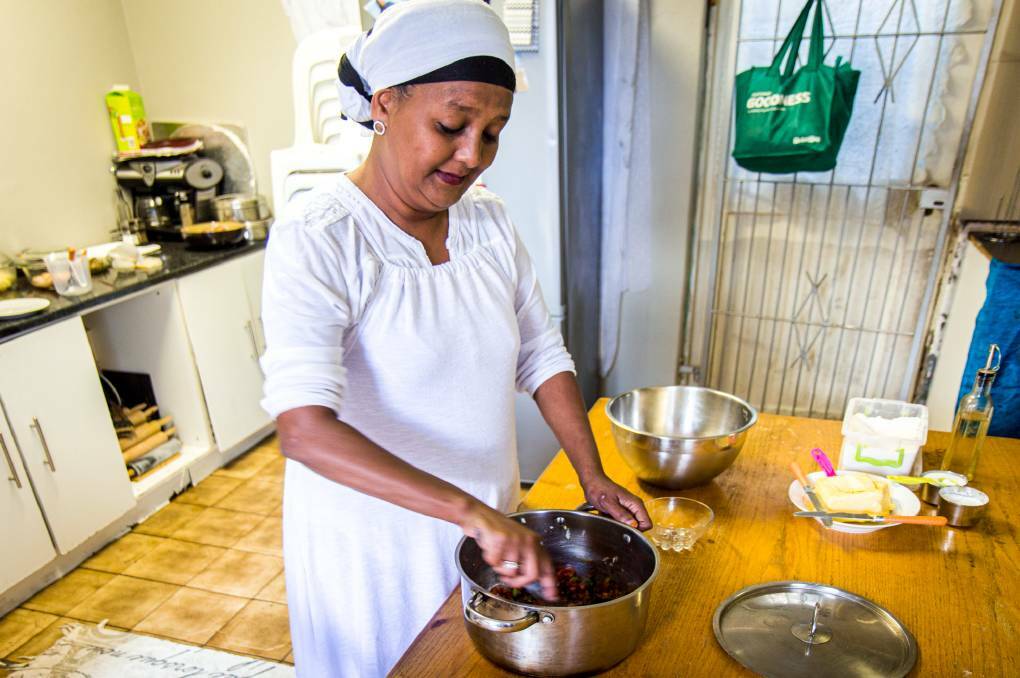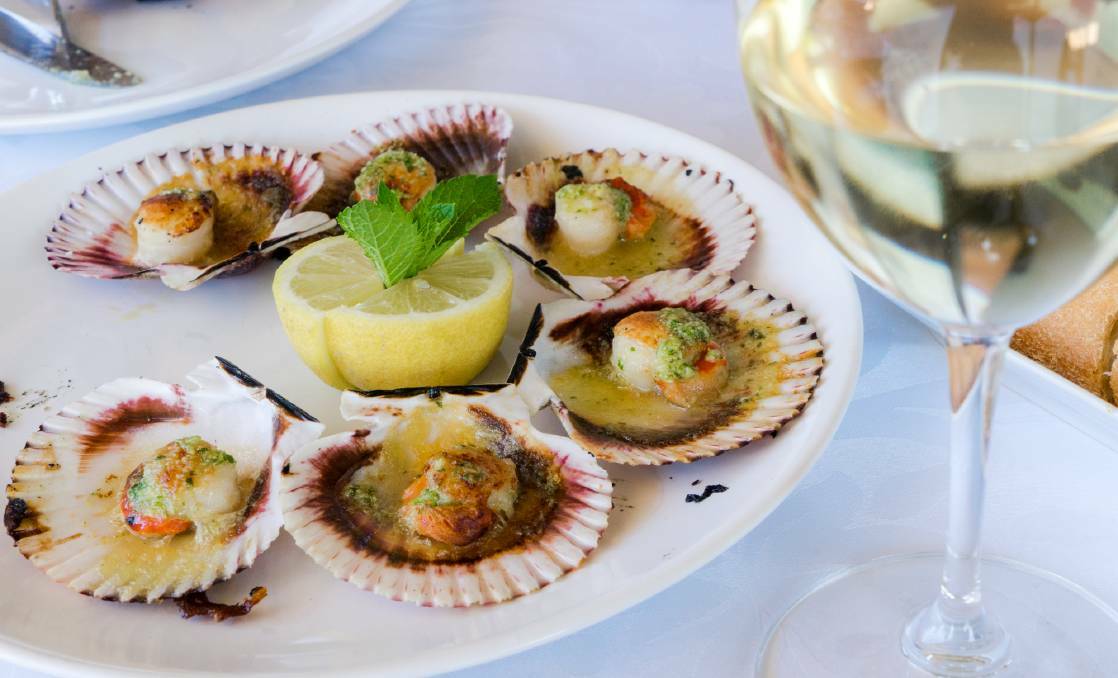The most famous Italian cookbook of all time was not actually written by a cook (or a chef, if you appreciate the distinction). It was written by a businessman who just liked to eat – which I suppose is also an important part of a meal.
Create a free account to read this article
$0/
(min cost $0)
or signup to continue reading
This businessman-turned-author was called Pellegrino Artusi and, as he travelled around Italy, he collected recipes from the places he visited and compiled them into a book.
When he first released The Science of Cooking and Art of Eating Well in 1891, it was a sensation. This was just 20 years after the unification of Italy and the country’s different regions were still protective of their old and unique cultures. Never before had there been a cookbook that brought all these food traditions together into a single national style, and it led to Artusi being dubbed ‘the father of Italian cuisine’.
I learn all of this as I stand in his old house in the small town of Forlimpopoli in the Italian region of Emilia-Romagna. Wearing an apron, I’m trying my hand at a few of the 790 recipes from his cookbook. ‘Number 7: Cappelletti Romagna style’ is proving to be a little bit tricky for me as I seem unable to turn the pasta into the perfect hat shapes.
Luckily a local woman called Delia is here to help me. She’s one of the volunteers who come to Casa Artusi to help with its cooking classes in the morning (she has to be home by lunch to cook for her family). Together we joke around and act a bit silly as we prepare the food until the moment I realise she has been cleverly distracting me while she does most of the work.
The whole thing is a fitting experience. Delia’s playful approach is just how Pellegrino Artusi wrote his cookbook, full of witty anecdotes from the places he visited. And the ingredients we’re using have all been sourced locally in Emilia-Romagna, a region considered the food bowl of Italy.
I’ve noticed over the years I’ve been travelling that cooking classes have grown in popularity – and I think this is the reason why. They’re no longer just about the food. They are also an insight into the local culture and a way to experience a side of the destination that’s hard to get from other tourism activities. There are certainly a few cooking classes that stand out as highlights of my travels.
Cooking with Love, South Africa
The Bo-Kaap neighbourhood in Cape Town is a splash of colour, the houses painted in a range of bright hues. But the real vibrancy is inside and there’s where I meet Faldela Tolker. She is part of the Cape Malay community, the descendants of South Asians brought here as slaves. The food from that region – curries and samosas, for example – have been mixed with African ingredients to create the Cape Malay cuisine. This is what she shows me during her Cooking with Love class in the kitchen of her home, as her family goes about their daily lives (and I recruit her granddaughter to help me with my share of the work).

Cooking with Rum, Antigua and Barbuda
Cooking with love is all well and good, but how about cooking with rum? That’s what Nicole Arthurton Dennis offers at her house on the Caribbean island of Antigua. Although rum is an important part of the local culture, it’s not normally used for cooking. But Nicole has developed special recipes that incorporate it, like a sweet potato soup and a butter rum cake. While we wait for some dishes to cook, her husband Adam does a rum tasting and explains more about the spirit’s history on the island.
Sisterhood of Survivors, Nepal
One of my favourite things to eat in Nepal is the momo, a small dumpling filled with meat or vegetables and flavoured with spices. At the Sisterhood of Survivors cooking class, I’m shown how to make them properly – but there’s another layer to this experience. All of the teachers here are survivors of human trafficking. The classes are an opportunity to raise awareness of the issue, give the women training in the hospitality industry, and raise money to help fund female paralegals to assist other women at risk. I was taken to the cooking class on a tour with G Adventures and it was one of the most memorable moments.
Cooking in the Salnes, Spain
When it comes to eating in the Spanish region of Galicia, it’s all about seafood. To have a true cooking experience here, I start my day out at the town of Cambados, harvesting clams from the sand at low tide with one of the 250 people who do this professionally. After a visit to the fish market and a boat tour to see the mussel farms in the Ria de Arousa, I’m in the kitchen with local chef Rocio Garrido Carames. As she explains the different seafood recipes (and suddenly drops an octopus into a pot), I get a better understanding of the fishing industry’s importance to the region.

Bajos del Toro, Costa Rica
Not all cooking classes need to be about fancy food. In the small Costa Rican village of Bajos del Toro, population 200, I’m hanging with Doa Olga in the kitchen behind the grocery store she runs. One of the most popular things she sells are her fresh tortillas, and that’s what we’re making together. Mixing the starch, white corn flour, and water is not too hard but there’s a trick to getting the consistency right. For me, though, the real pleasure is the mix between the authentic activity and the chance to chat about life here in the jungle.




